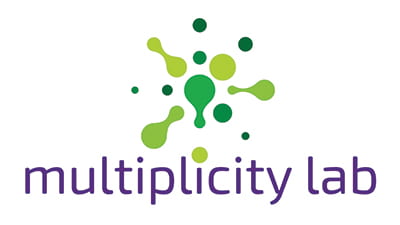Image of the Week: Using Structure to Find How Many
May 12, 2024Using Structure to Find How Many
Check out this week’s image! How many do you see? Perhaps the first question you have to answer is, How many what? What can you count here? As adults, we might be drawn immediately to counting the eggs, but before you dive in, it’s worth recognizing that students might choose to count:
- Brown eggs
- White eggs
- Empty spots
- Empty spots in the muffin tin or egg carton only
- Filled spots
- Filled spots in the muffin tin or egg carton only
- Strips on the kitchen towel
- Wooden boards on the table
This means that, before we even begin to count, there is a multiplicity of objects children might count and then just as many legitimate answers to our question, How many do you see?
When kids do begin to figure out how many, this image encourages students to use the structure of rows and columns to support subitizing the image into chunks students don’t need to count. For instance, students might use the structure of the image to notice:
- Two groups of 4 brown eggs in the muffin tin. They might see those groups as two columns of 4 eggs, or partition horizontally into two 2×2 arrays that look like 4 on a die.
- 3 brown eggs in the carton. They might extend that observation to see that there are two more white eggs than brown eggs and know that that means 5 white eggs in the carton.
- The egg carton only holds 10 eggs instead of 12 – it’s like a 10 frame! That means that there are 8 eggs in the carton because 2 eggs are missing.
- There are 2 empty spots in the carton and 4 empty spots in the muffin tin.
- The muffin tin is a 3×4 array, so that means it could hold 12 muffins (or eggs, in this case!), but not all the spots are filled.
See how structure can be used to make a lot of very useful observations, all of which can be components of a larger solution? Often in discussions, we focus on the answer to the question, How many do you see? But it is often more valuable to start with the observations we can make that lead to answering that question. You might ask first, What do you notice that could help you figure out how many?
Try asking that question when you discuss this image and see what your students see. And don’t forget that there is value in letting kids touch the image, either on a screen or with our handy pdf version.
To multiplicity, cheers!
Jen Munson and the multiplicity lab group

